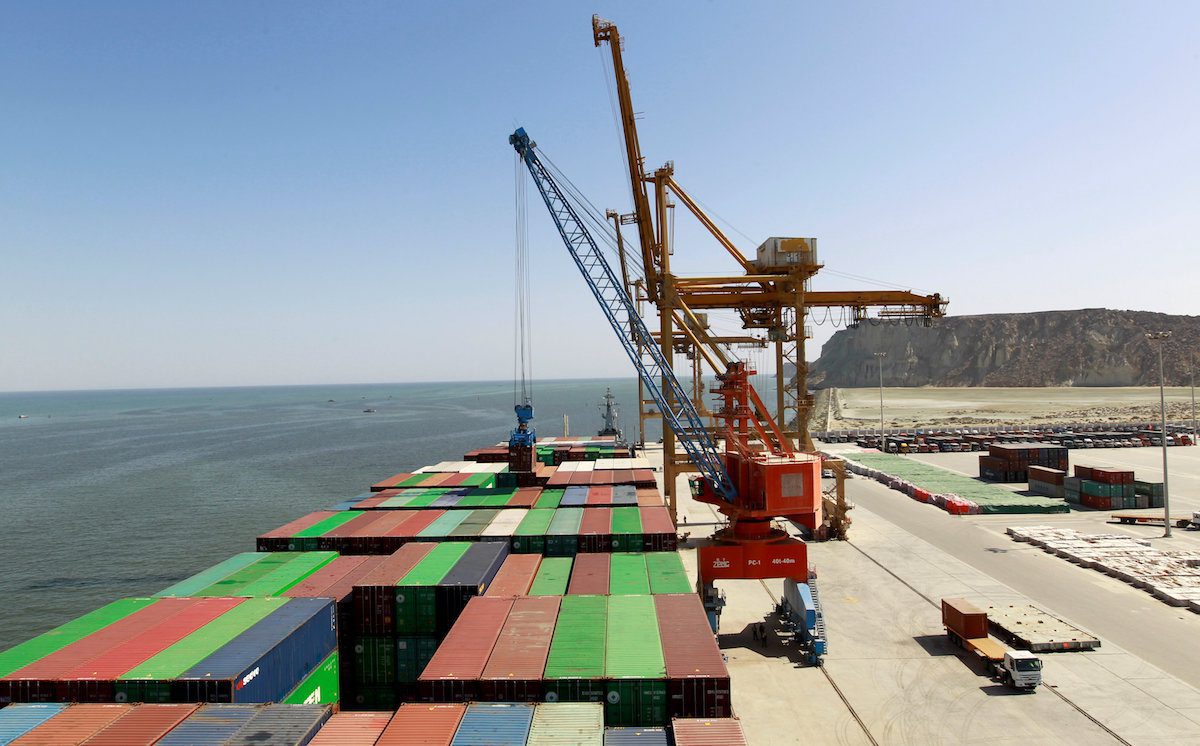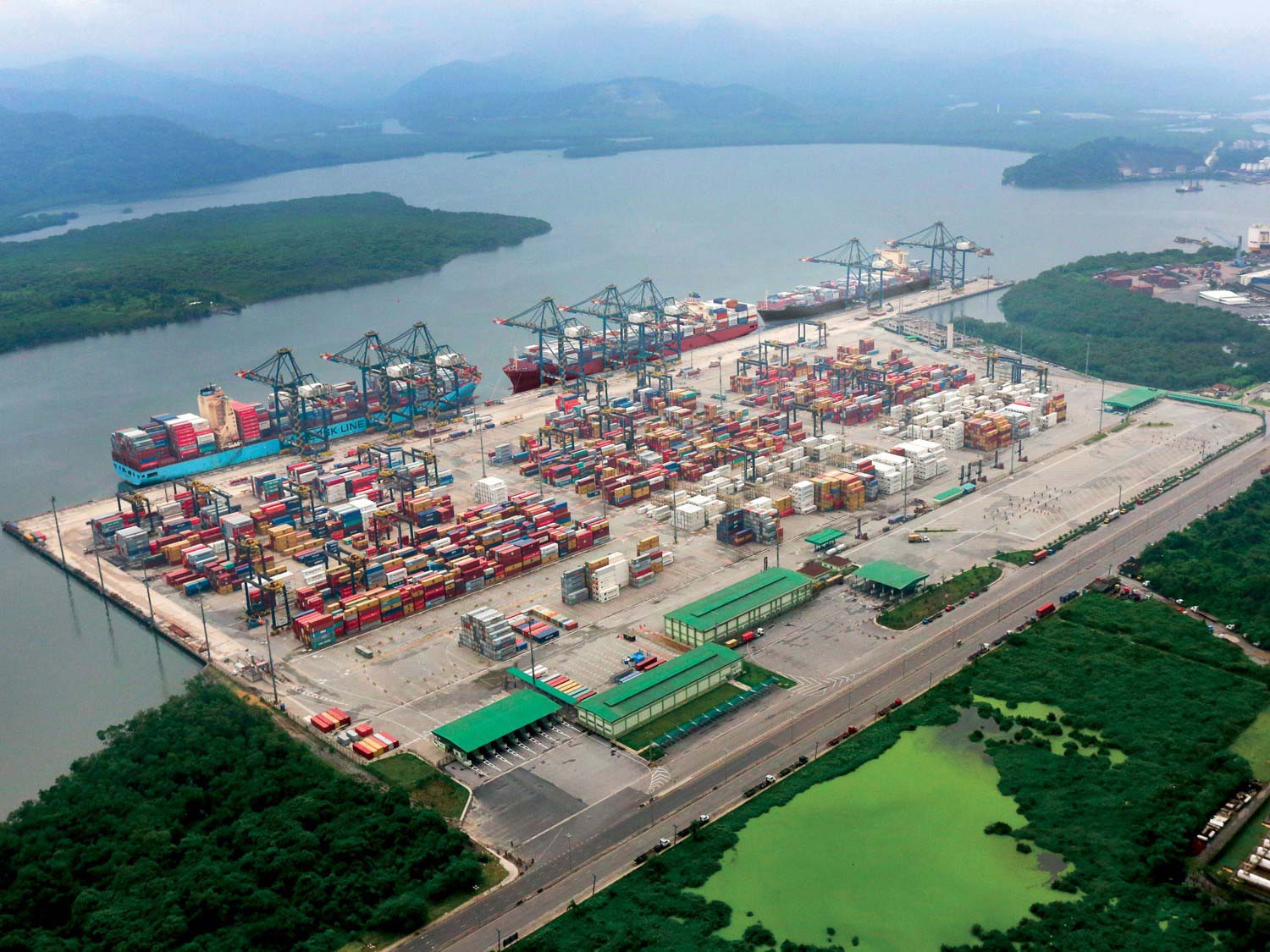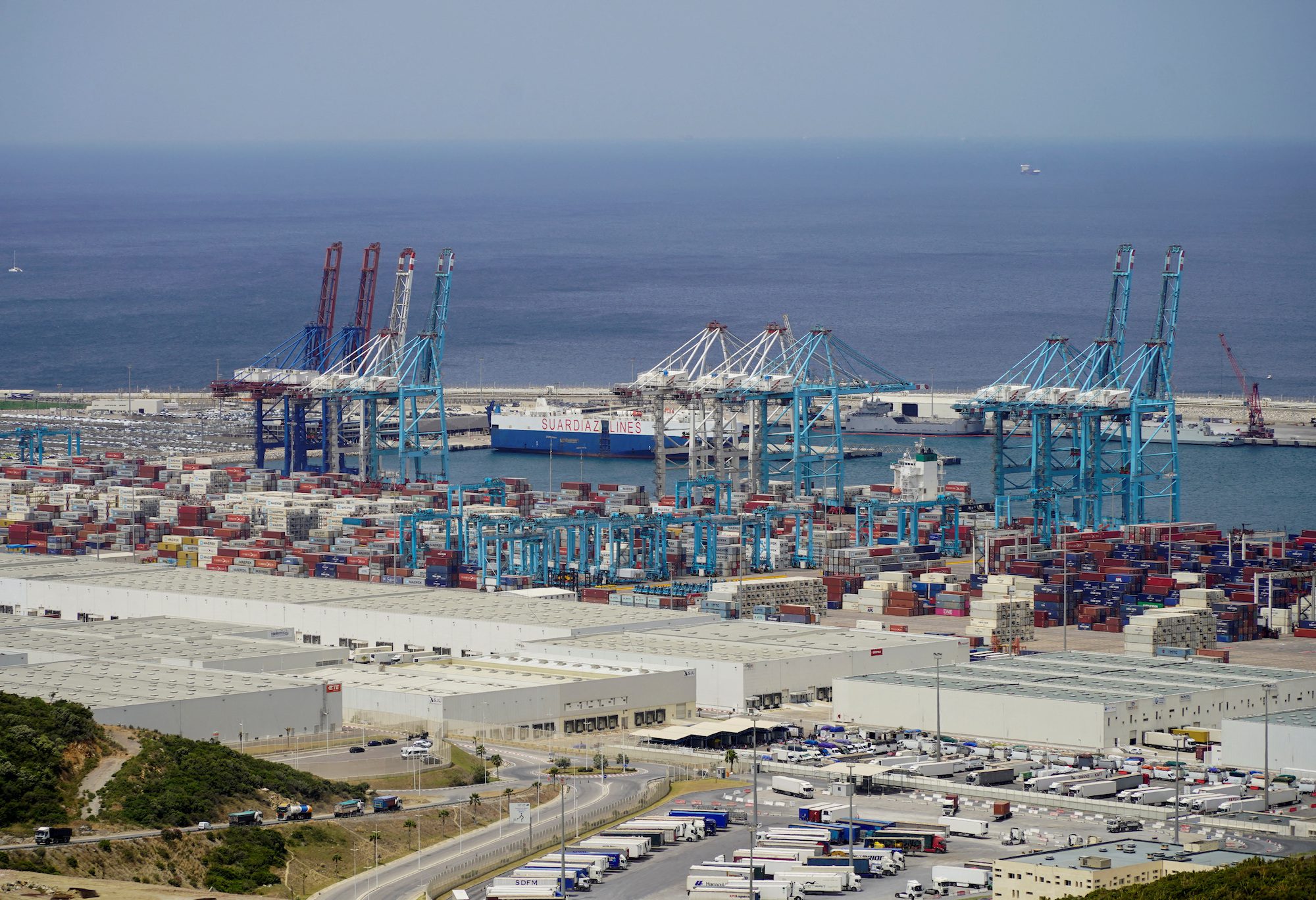By Faseeh Mangi and Kamran Haider
(Bloomberg) –Pakistan’s inflation quickened to the fastest in almost 48 years in January as thousands of containers of food items, raw materials and equipment are stuck in ports after the cash-strapped government curtailed imports.
Consumer prices rose 27.55% from a year earlier, according to data released by the statistics department on Wednesday. That compares with a median estimate for a 25.9% gain in a Bloomberg survey and a 24.47% jump in December. Inflation is at the highest since May 1975, according to central bank data.
Read Also: Soaring Dollar Leaves Food Piled Up In Ports As World Hunger Grows
The latest reading comes a week after the State Bank of Pakistan increased its benchmark rate to the highest in more than 24 years to help stabilize an economy that’s spiraling deeper into crisis amid supply shortages, sky-high prices and funding crunch. Pakistan’s troubles worsened after last year’s devastating floods that amplified the impact of political turmoil and the fallout from the war in Ukraine.
What Bloomberg Economics Says…
It will likely continue to accelerate as the government scrambles to fulfill the International Monetary Fund’s aid conditions to secure much-needed dollars. We see inflation climbing in coming months on a combination of rupee depreciation and hikes in fuel prices and electricity tariffs. The government could raise additional taxes on the IMF’s insistence. This will likely push the State Bank of Pakistan to increase interest rates further. —Ankur Shukla, India economist
About 6,000 containers are stranded in ports, including thousands of tons of poultry feed ingredients that pushed chicken prices to a record earlier this year. The logjam is aggravating inflation that has lingered above 20% since June as the government limited imports amid scare funds.
Read Also: Oil Tankers Stop Calling On Pakistan And Sri Lanka
The latest inflation print is higher than the central bank’s November forecast of 21%-23% for the year ending June, which was already revised higher from a projection made in October.
Foreign-currency reserves have dwindled to a nine-year low of $3.68 billion, equivalent to less than a month of imports while local banks have been refusing to issue letters of credit, leading to a standstill that puts businesses at risk of shutting down.
The local currency plunged to a record low recently after money exchangers abolished the limit on the dollar-rupee rate in the open market to curb the black market. A more market-determined currency may help Pakistan secure more money from the International Monetary Fund, whose loan disbursement to the nation has seen multiple delays.
© 2023 Bloomberg L.P.

 Join The Club
Join The Club











